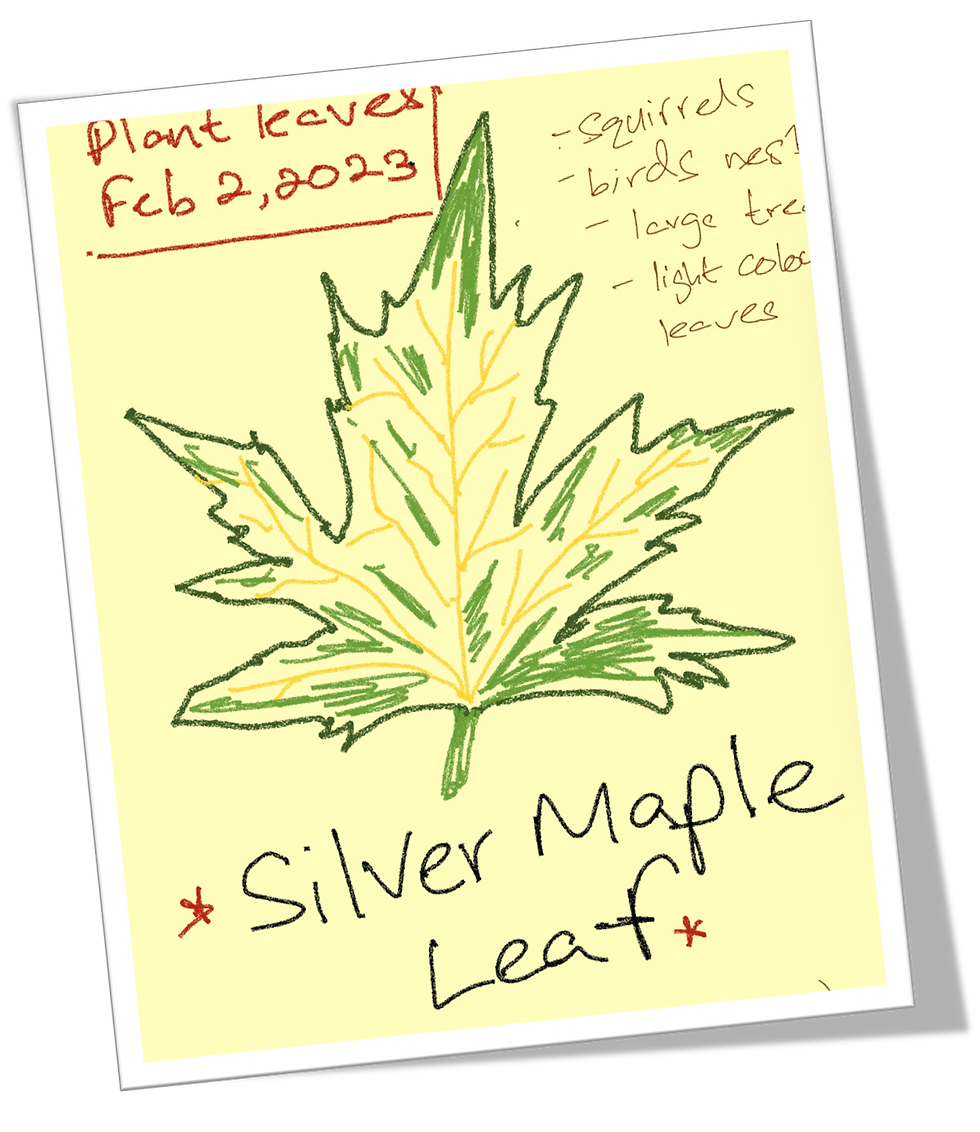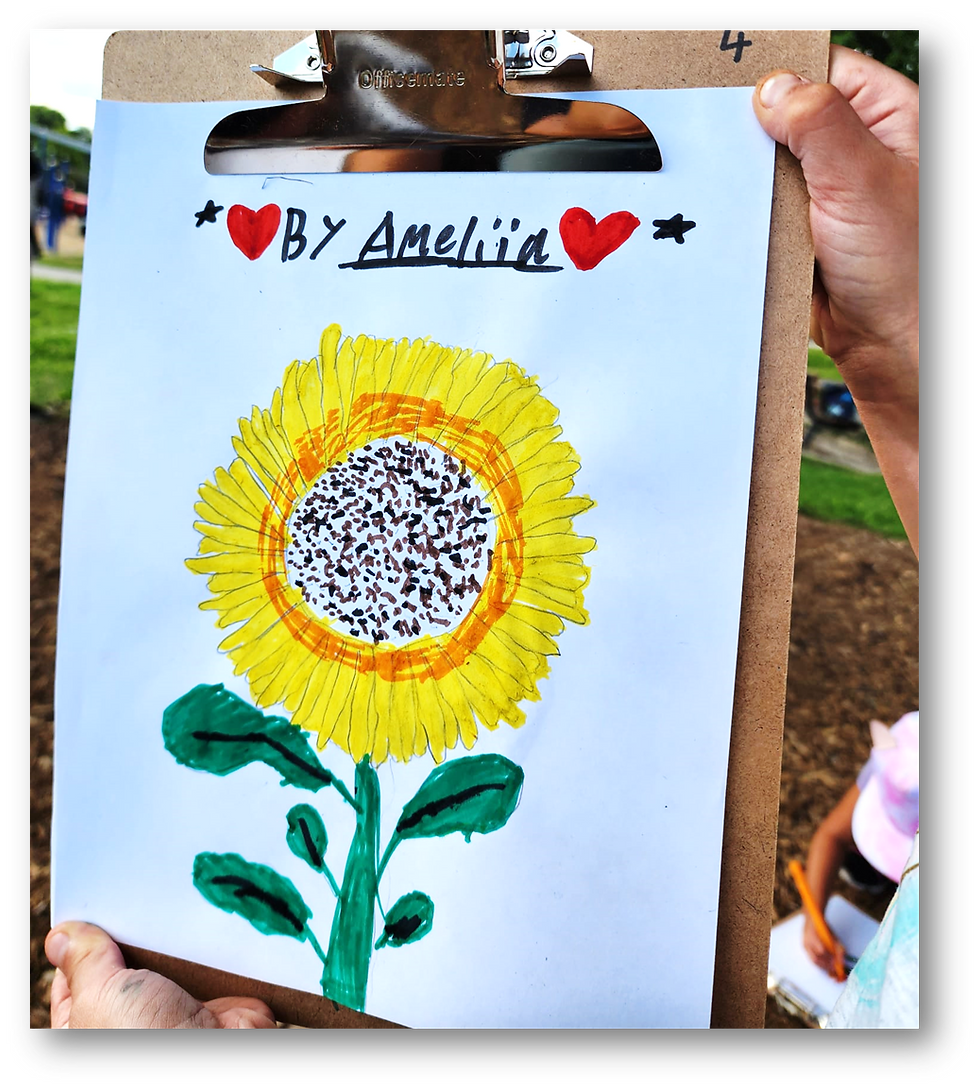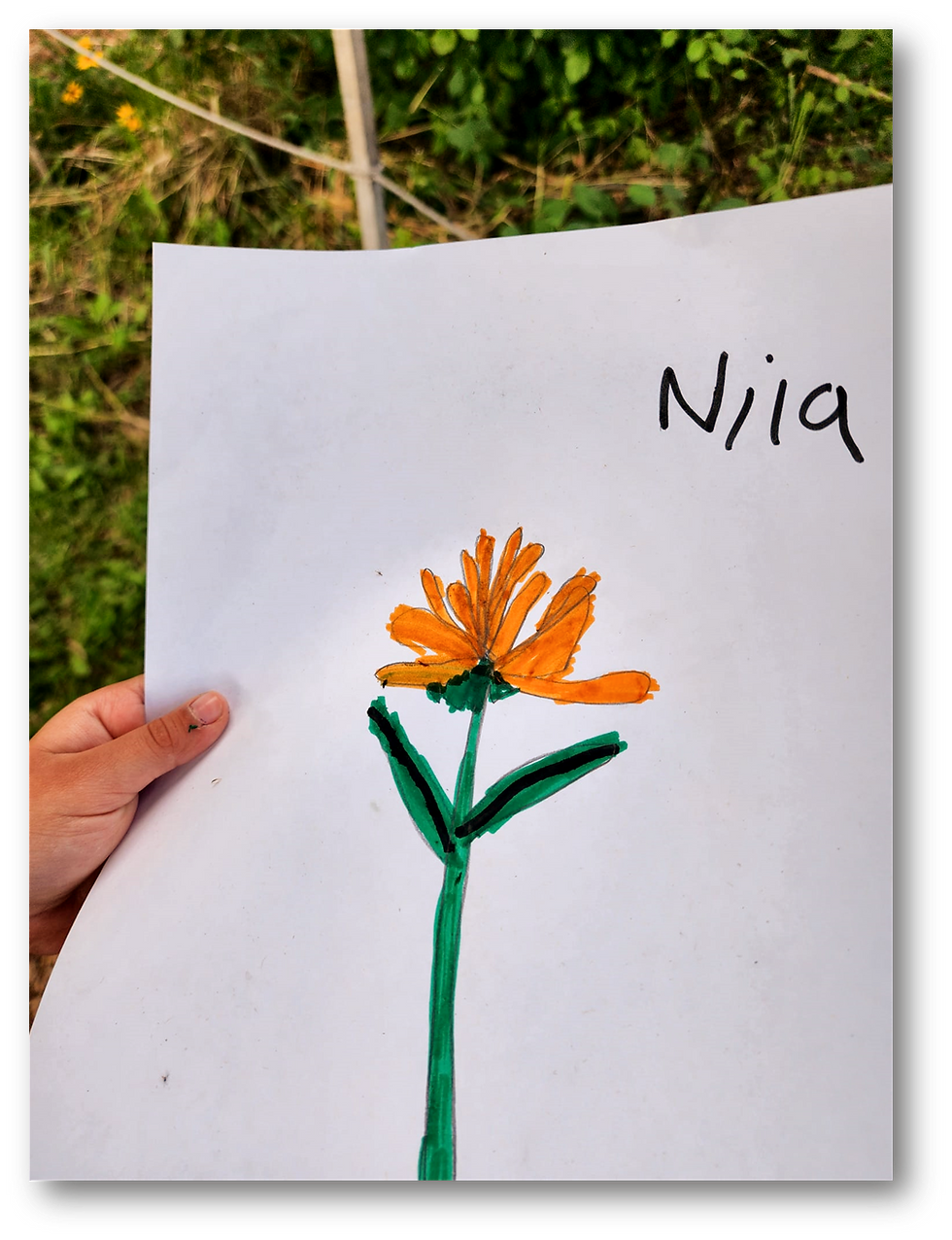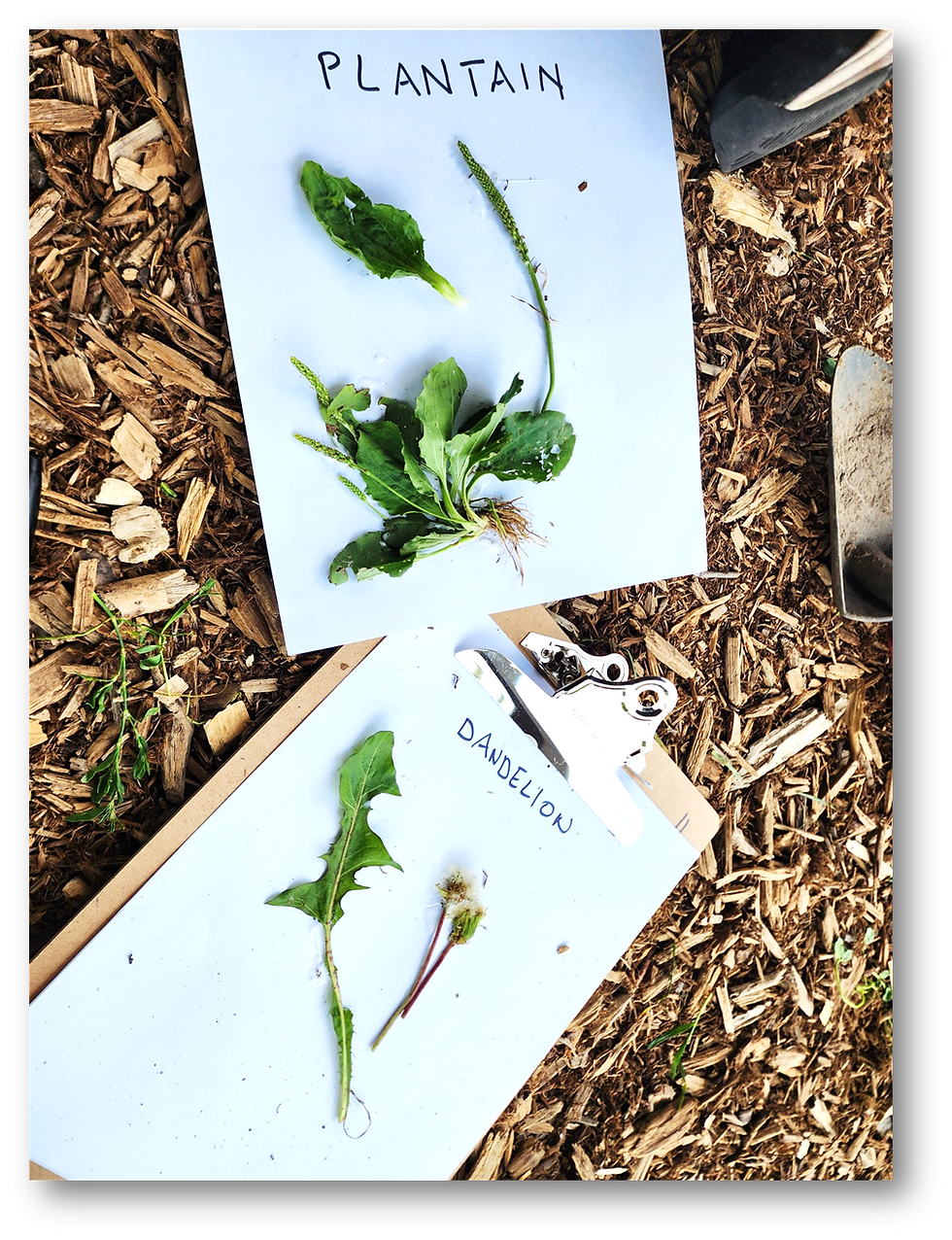Keeping a Nature Journal!
- Dallington Pollinator

- Aug 10, 2023
- 3 min read

What is a Nature Journal?
Nature journaling is about keeping a journal where you write down and collect things you see, questions you have, and your experiences related to the environment around you. It can be done using words, pictures, numbers, or a mix of them on the pages of a notebook. It provides a space to nurture your thoughts, emotions, experiences, observations, and your connection to the world around you.
Importance of Keeping a Nature Journal
Keeping a nature journal will help you in many ways. It is a well-known fact that maintaining journals helps people feel calmer and enables them to enjoy the present moment. It can improve mental clarity, problem-solving skills, and emotional intelligence while enhancing confidence, self-discipline, and greater creativity. Above all, a nature journal enables you to feel more connected to the natural world. It enhances your curiosity and provides environmental education for both you and others. Keeping a Nature Journal will make your experiences better and help you become better at observing and remembering things. It's like teaching your mind how to discover the incredible and beautiful secrets of the world.
Tips for Getting Started
Let’s get into What to Record in Your Nature Journal....
The best part is that in your nature journal, you can decide what to write and how to do it. You can structure your journal the way you see and feel nature. If you enjoy drawing and painting, go for it! If you like to write what you see and feel, that's fine as well. It will be a unique journal that reflects your style and interest.
Use your sensory organs and mind to explore what’s around you. Simply, keep records of what you see, what you hear, what you smell and what you feel.

As an example, imagine that you are curious about beautiful flowers.
Here are a few steps that you can take to kick-start the journalism journey.
1. Get your notebook or iPad, pencils, pens, paints, chalk, etc. together.
2. Go to a nice and quiet place where you can observe flowering plants. (Your home garden, park, trail, etc. )
3. Always note the date, time, place, and weather as those factors are important for future reference.
4. Sit, relax, and carefully observe the different types of flowers you see.
5. Try to focus on their colors, patterns, shapes, petals, size and the surroundings.
6. Note the other plants and species growing around the flower.
7. Try to draw a picture of the flowers you see using the colors you got. It doesn’t have to be a perfect picture. Remember, the goal is to paint a vivid picture with your words, allowing someone to imagine the flower even if they've never seen it before.
8.Try to recognize the plant.
9. Write down your expressions and feelings. How the flower makes you feel. Does it remind you of something, evoke certain emotions, or simply stand out?
10. Note down the questions that arise that you need answers to.
11. Research the things you observed when you get home.
12. Keep your journal and materials closer to you all the time and keep recording.
That’s it!
In just a few simple steps you can create a fun and informative nature journal!
Make sure to keep being curious and share your observations with others!!!
Check out the journals created by the children at the Kids Nature Lab.



Leave you comments below.#DallingtonPollinators #NatureEducation #KidsNatureLab




Comments